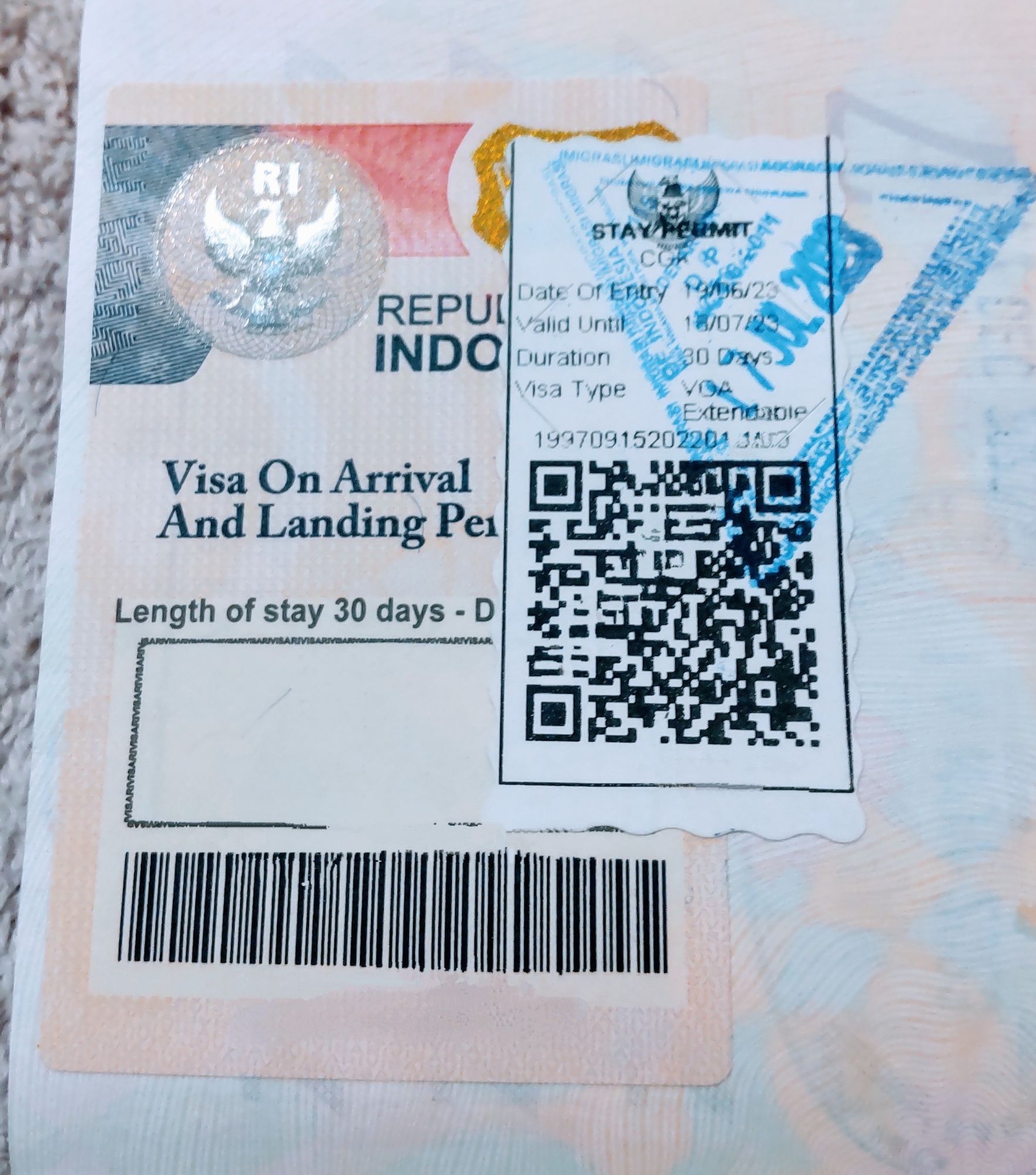Types of Visas
A visa is required to enter India. As of May 2024, Japanese citizens can obtain three types of visas:
- Regular visa obtained at an embassy
- Online visa (e-Visa)
- Visa on Arrival
1. Online Visa (e-Visa)
This involves applying for a visa in advance, receiving approval, and then undergoing biometric verification upon arrival for formal issuance. It is accepted at 60 airports. An e-Visa may be required for online check-in for flights, and the procedures upon arrival are smoother, making it the most recommended option. The application deadline is 4 days before travel.
2. Visa on Arrival
This is the type of visa I used this time. While it’s convenient that no prior preparation is needed, I experienced some inconveniences compared to the e-Visa, which I will share based on my experience.
Visa Counter is at the Very End, and There are Few Counters, Sometimes Unattended
My flight from Bangkok to Delhi was a night flight, arriving at 2 AM. I followed the airport signs to the Visa on Arrival counter, but there were only two counters. One was unattended, and the other had an officer sleeping inside. Also, when it came time to pay the visa fee at the bank counter, it was also unattended. When I was at a loss, a person at the adjacent counter woke up the officer, and I was able to proceed with the application. The application form had quite a few items to fill out, which took a lot of time.
Visa on Arrival Only for Japan, South Korea, and UAE
I believe one reason for the lack of staff at the counter upon arrival was that Visa on Arrival is only available for these three countries. Since my flight was from Bangkok and not a direct flight from Japan, they might not have expected any eligible passengers.
Available at Only Six Airports
Visa on Arrival can only be obtained at six airports: Delhi, Mumbai, Kolkata, Bengaluru, Chennai, and Hyderabad.
Visa Fees
- Visa on Arrival Fees: You pay 2,000 Indian Rupees at the bank counter located within the visa area.
Conclusion: e-Visa is Ultimately Recommended
Based on my actual experience, I believe the e-Visa is more convenient than the Visa on Arrival. Aside from the hassle upon arrival, my connecting flight from Chiang Mai to Bangkok was delayed, causing me to miss my connection. If I had obtained an e-Visa in advance, I could have done online check-in and obtained my boarding pass without going through the airline’s check-in counter. I recommend obtaining an e-Visa at least 4 days before your arrival in India.



